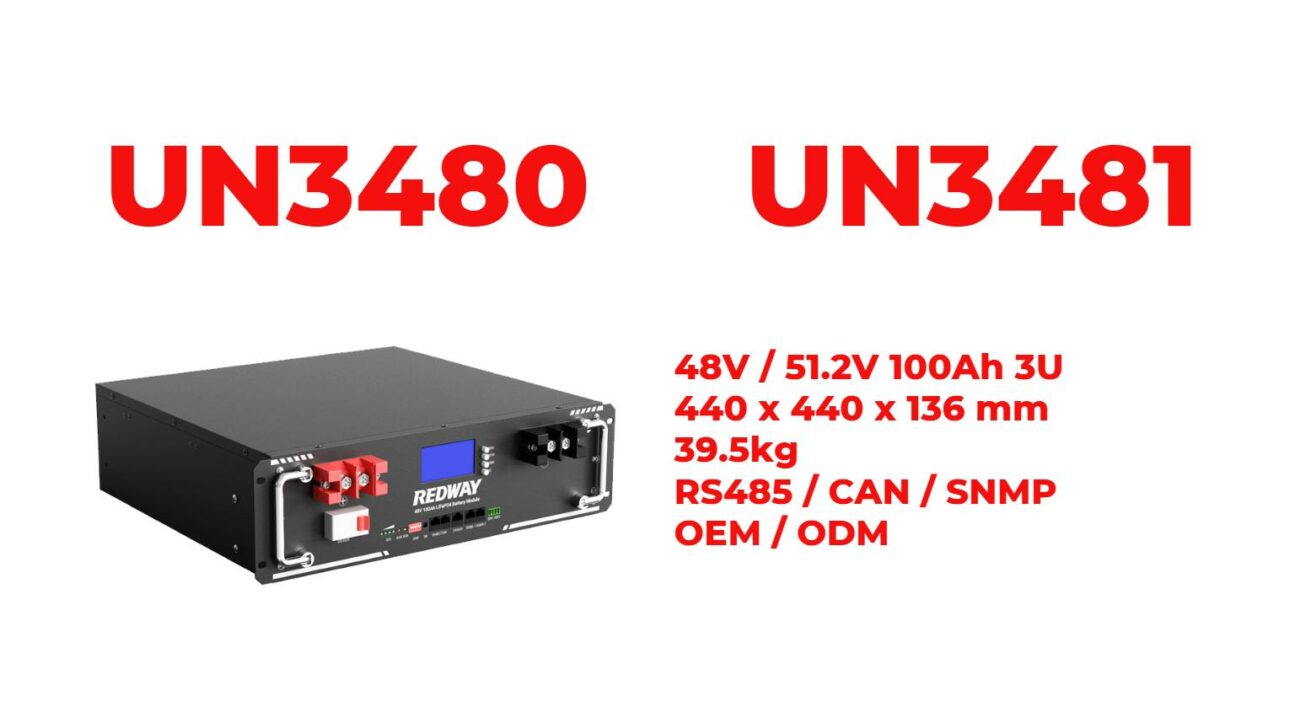Are Heated Jackets Harmful?
Heated jackets are generally safe to use, but there are potential risks associated with their operation. These include skin irritation from prolonged exposure to heat, the possibility of electric shock, and concerns about battery safety. Understanding these risks and following proper safety guidelines can help ensure a safe experience with heated jackets.
What are the potential risks of using heated jackets?
While heated jackets provide comfort in cold weather, they come with certain risks, including:
- Skin Irritation: Prolonged exposure to direct heat can cause burns or irritation.
- Electric Shock: Although rare, there is a risk of electric shock if the jacket’s wiring is damaged.
- Overheating: If not equipped with proper safety features, there is a risk of overheating, which can lead to fires.
Chart: Potential Risks Associated with Heated Jackets
| Risk | Description |
|---|---|
| Skin Irritation | Possible burns from prolonged heat exposure |
| Electric Shock | Risk if wiring is damaged or improperly insulated |
| Overheating | Can lead to fires if safety features fail |
How can heated jackets cause skin irritation or burns?
Heated jackets can cause skin irritation or burns if they are worn for extended periods at high temperatures. The heating elements may generate excessive heat that can lead to discomfort or injury. To mitigate this risk, it’s essential to follow the manufacturer’s guidelines regarding usage duration and temperature settings.
What safety features should you look for in heated jackets?
When selecting a heated jacket, consider these important safety features:
- Automatic Shut-Off: This feature turns off the heating elements after a certain period or if overheating is detected.
- Adjustable Temperature Settings: Allows users to control the level of heat based on personal comfort.
- Waterproof Materials: Ensures that heating elements remain protected from moisture, reducing the risk of electric shock.
Chart: Key Safety Features in Heated Jackets
| Safety Feature | Importance |
|---|---|
| Automatic Shut-Off | Prevents overheating and potential fires |
| Adjustable Temperature | Enhances user comfort and safety |
| Waterproof Materials | Protects against moisture-related hazards |
Can heated jackets catch fire or explode?
Heated jackets are designed with safety in mind, making it highly unlikely for them to catch fire or explode under normal conditions. Most models use low-voltage systems (typically 5V to 12V), which are not sufficient to cause serious harm. Additionally, reputable manufacturers incorporate materials with high flash points and robust battery management systems to minimize these risks.
What precautions should be taken when using heated jackets?
To ensure safe usage of heated jackets, consider the following precautions:
- Inspect Regularly: Check for any signs of wear or damage to wiring and heating elements before use.
- Avoid Excessive Moisture: While many heated jackets are water-resistant, avoid submerging them in water.
- Follow Manufacturer Guidelines: Adhere to instructions regarding charging, usage duration, and temperature settings.
Industrial News
Recent advancements in heated clothing technology have focused on improving safety features and efficiency. Manufacturers are now integrating smart technologies that monitor temperature and automatically adjust heating levels based on external conditions. These innovations aim to enhance user comfort while maintaining high safety standards across various applications, including outdoor sports and industrial workwear.
Expert Views
“Safety is paramount when it comes to wearable heating technology,” says Dr. Sarah Johnson, an expert in textile engineering. “Modern heated jackets incorporate advanced safety features that significantly reduce risks associated with overheating and electrical hazards.”
FAQ Section
Are heated jackets safe to wear?
Yes, when used according to manufacturer guidelines and equipped with proper safety features, heated jackets are generally safe.
Can I get electrocuted from a heated jacket?
The risk is minimal if the jacket is undamaged and used correctly; most models operate on low voltage.
What should I do if my heated jacket gets wet?
Avoid using it until it has dried completely; check for any damage before reconnecting power.
How long can I wear a heated jacket?
It depends on the model and settings; always refer to the manufacturer’s recommendations for safe usage durations.

